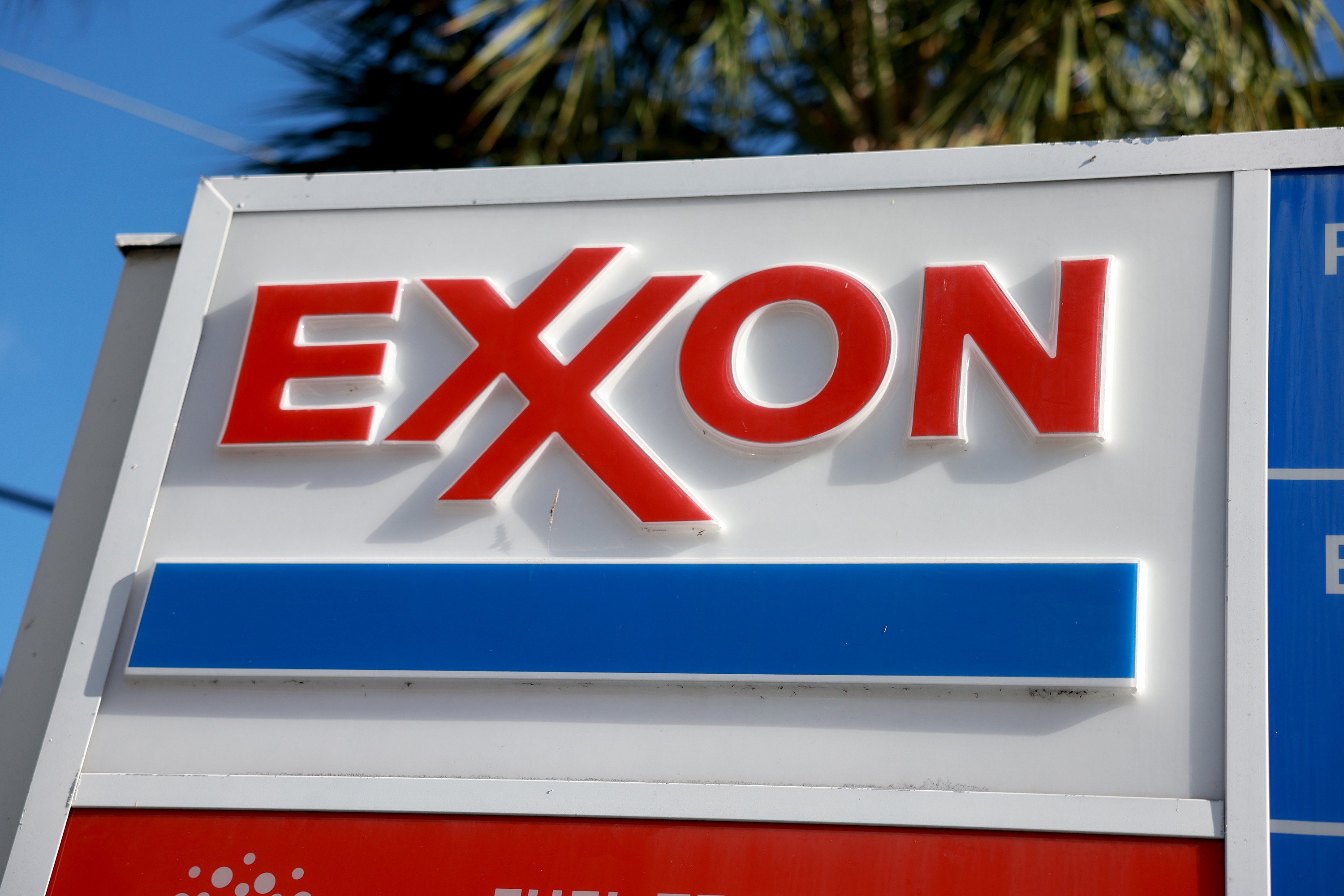Byrnes: You mentioned focusing on "ugly" stocks, boring stocks, versus the glamour stocks. Let's take a look at maybe one stock that you'll look at that could be an example of a boring, ugly stock.
Greenwald: OK. Let me say something, which is that there is a peculiar disjunction in the market, compared to history. Historically, bank trust departments bought these big, safe multinationals, and those stocks historically have always therefore been overpriced, because that's what the big money thought was safe.
What's happened over the last 10 years is that those investors are all looking to be in hedge funds and other alternative assets, and hedge funds can't justify their fee structures if they're going to go invest in the Exxons or the stock that I'm going to talk about, which is the Nestlés of the world.
At the moment, what's a little disorienting I think for value investors is that a lot of the great opportunities are in stocks like Nestlé. You can do the numbers fairly straightforwardly in terms of what I would take to be the Graham and Dodd value approach to this, which is you don't want to try and put a number on the value, because that's really impossible.
You do one percent off on the growth rate, and one percent off on the cost of capital, and all of a sudden the value doubles.
Byrnes: Right. Junk in, junk out.
Greenwald: Right, so look at a return. What you're getting in Nestlé today is a 3.25 percent dividend. The underlying businesses are growing at roughly six to seven percent a year, globally.
Now, that's obscured because actually they quote their numbers in Swiss francs. Since the Swiss franc has been appreciating historically at six percent a year almost, relative to the rest of the world, they report growth of 2.5 percent and people are not careful about doing the translation.
The second thing is, because they have big operating leverage in distribution, which is the heart of where their franchise is rooted, actually their profitability grows faster, and has for many, many years, than their revenue growth, so you're looking at profit growth, conceivably, of seven percent, eight percent a year, on top of the three percent-plus dividend.
Even if the multiple doesn't improve at all and the dividend yield doesn't improve – and dividends by the way have grown over the last 10 years at almost 12 percent a year – you're looking at a return of 10-11 percent a year, compared to under two percent in Treasury bonds.
Nestlé also is incredibly low-risk. You can see what happened to them since 2003, which is when all the commodity inputs went up in price, and they passed it all along. Their margins increased steadily throughout the period since then, and you can see what happens to them in the crisis, which is '98-'99, and it's almost nothing.
Here you've got a high return with very little underlying risk, compared to fixed income, which is almost nothing. I think when you look at stocks, you want to say: "Can I do better than Nestlé?"







